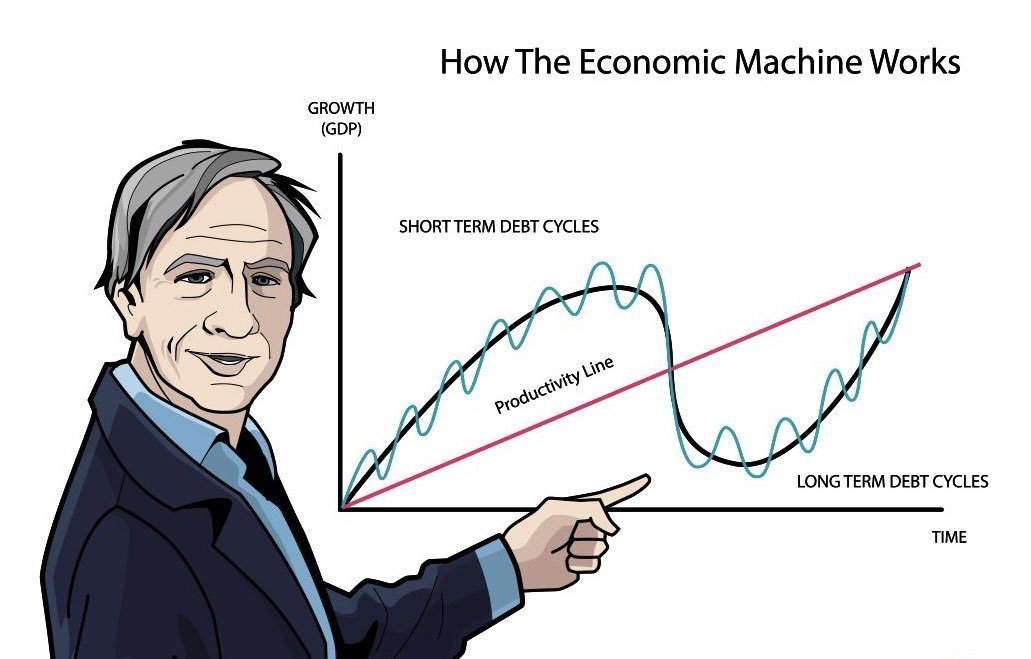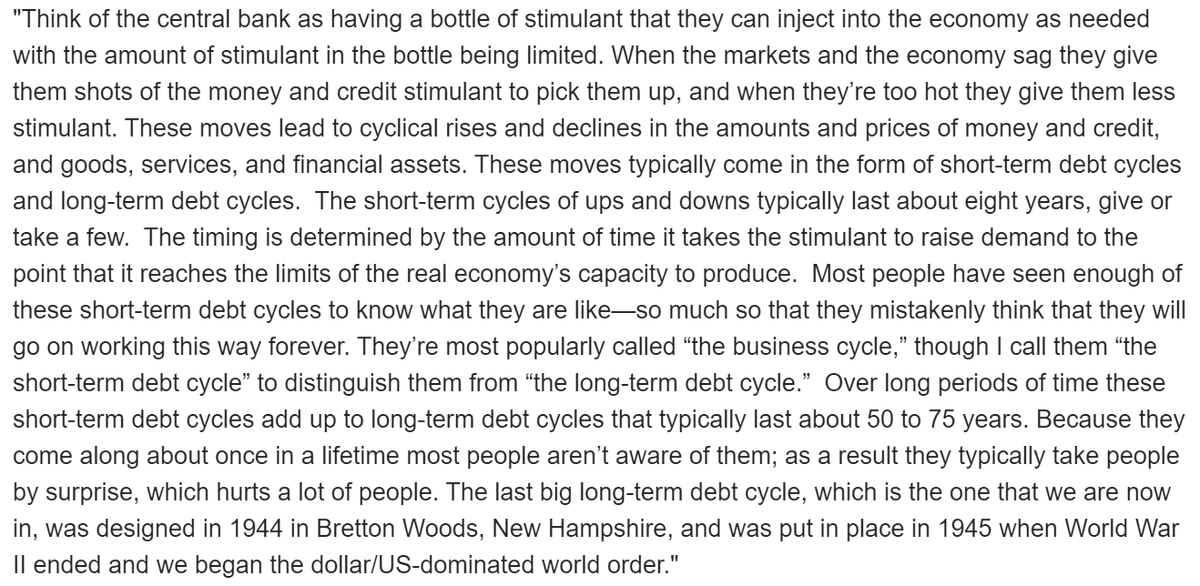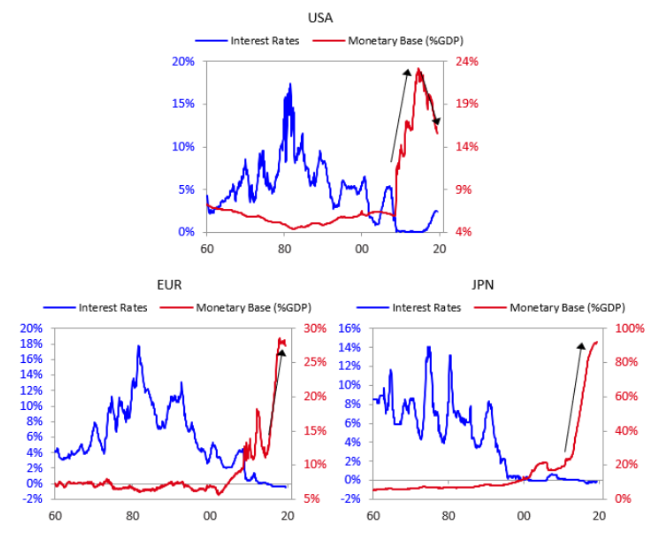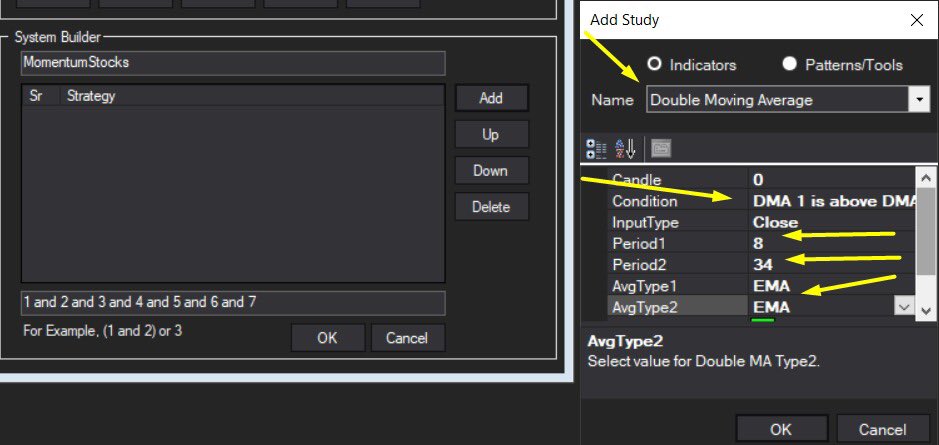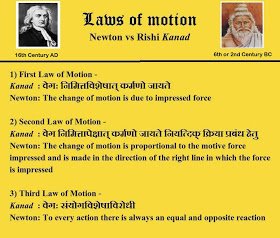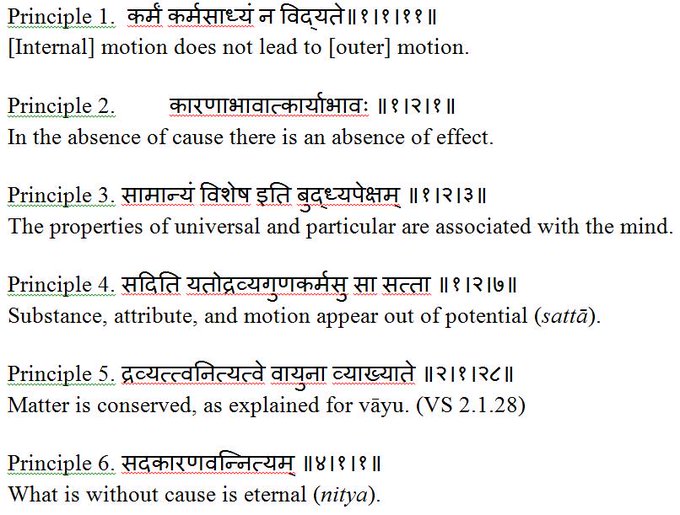2/ Don’t think of doing this unless you have a record of successful deals, ideally mostly/all in the same asset class / strategy.
Remember: You will be asking LPs to invest in YOU; they need to feel like you know what you’re doing.
3/ Really helps to have a list of prospective LPs BEFORE you start your raise. The more high-quality leads you have, the more likely you are to succeed. (I built my list via my blog initially; now twitter leads predominate - see my bio.)
4/ Find an experienced attorney. Doesn’t need to be a huge, expensive firm, but you want someone who has done a lot of private offerings before. Don’t agree to a big fee yet… at first, you just want a few hrs of her time for advice.
5/ Find an experienced CPA. Ideally, your existing CPA has worked on a lot of private deals before. If not, get a new one. Prospective LPs need confidence that someone good is overseeing the bookkeeping and doing the tax prep.
6/ Structuring the fund: How much are you raising? Is it a 5% pref or an 8%? Who gets what upside? This is where the experienced attorney & CPA come in… they should be able to tell you what “market” is, where you can push, etc.
7/ Overlooked issue: How much you’re raising. Target is so important - you want to be ambitious, without setting the bar so high that you look like a failure if you miss (our Fund 1 targeted $10MM, got $3.8MM. Whoops!)
8/ Overlooked issue: Closing dates. Want multiple closings: Initial Closing (“IC”), when 1st LPs join & at least one more. It’s hardest to get earliest $, so incentivize it to come in at IC. Want another close bc it’s easier to raise once there is social proof.
9/ Once you have proposed terms, go talk to most likely / largest potential LPs, to make sure they like the strategy and proposed terms. No sense in spending $$$ & time to do the docs if you’re going to get quick “no’s” from your list.
10/ Assuming LPs are on-board, it’s time to hire the lawyer to prepare docs: Operating Agreement governing the fund entity (prob an LLC), Private Placement Memorandum explaining terms, then Subscription Book for people to sign to join.
11/ Now you need a marketing deck. I tried to market Fund 1 w just the PPM - dumb. Even sophisticated investors respond to pics, charts, etc. So hire a good designer. Make sure attorney blesses final product.
12/ Now you’re ready to go. Reach out to the people on your list with a short email and the deck. Remember, you’re not selling an investment yet… right now, you just want a call or meeting to discuss.
13/ For us, getting to a “yes” from an LP typically requires at least one, and sometimes two, hour-long calls, then often some follow-up email exchanges for clarification. Big LPs will want to do more diligence… be willing to be transparent.
14/ At this point, you should have a spreadsheet (or, even better, a CRM) showing all your prospective LPs, where you are in the process with each, and whether they’ve “soft-committed” or “hard-committed”.
15/ A “soft-commit” is verbal or emailed confirmation they’re in, plus an amount. As you get close to the closing date, follow up & ask “soft-commits” to complete the subscription booklet. A completed sub book is a “hard-commit”.
16/ Once you hit your minimum raise (ideally, before scheduled closing date), tell everyone on the fence that the deal is actually happening. You’ll be amazed how many fence-sitters end up coming in, once the fund is real.
17/ Closing is signing the sub books, signing the Operating Agreement, and distributing counter-signed sub books and executed OA to your investors.
18/ Now, the hard part begins… you’ve got to go find good deals to do, or this will be the only fund you’ll ever raise!



